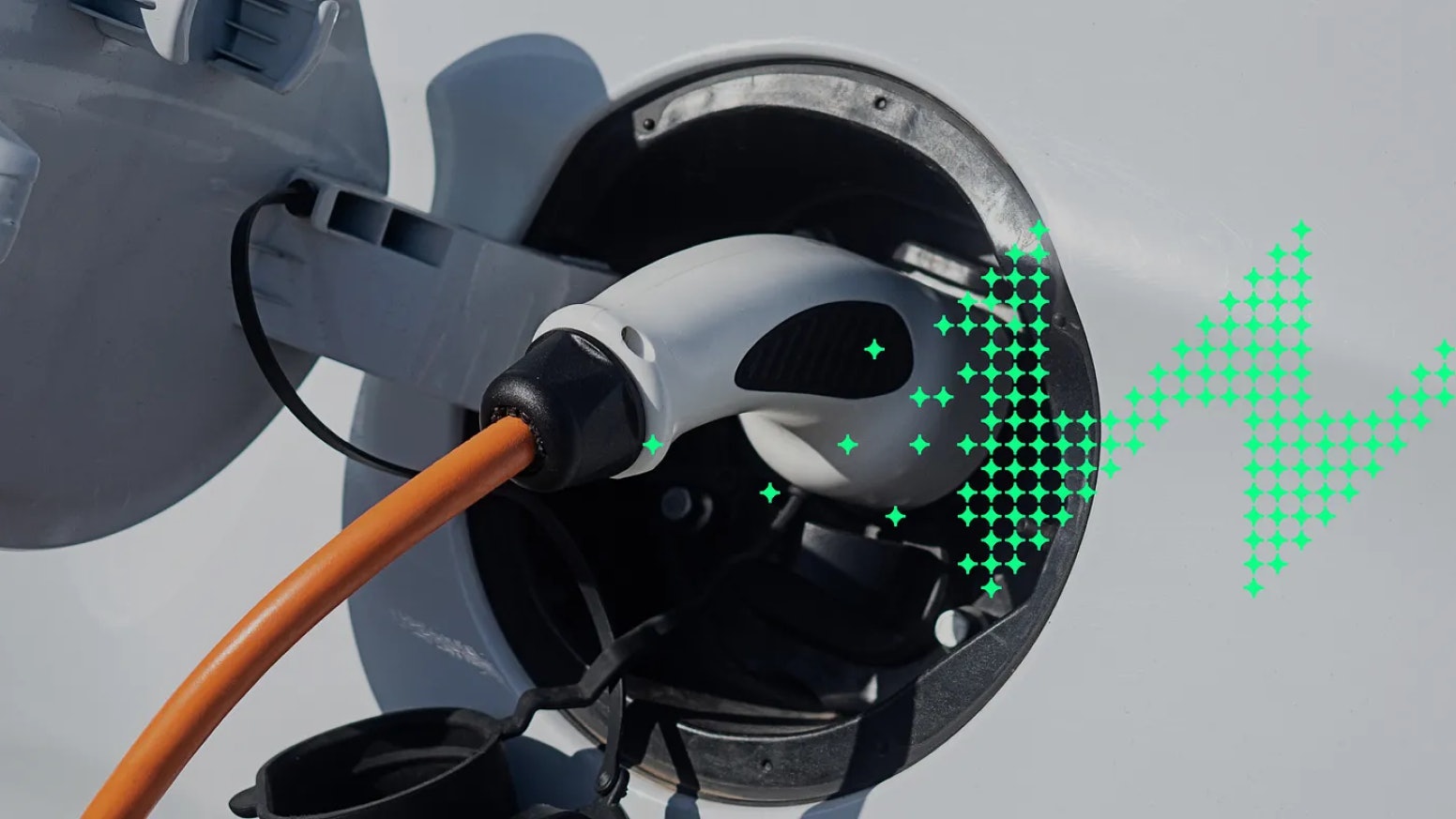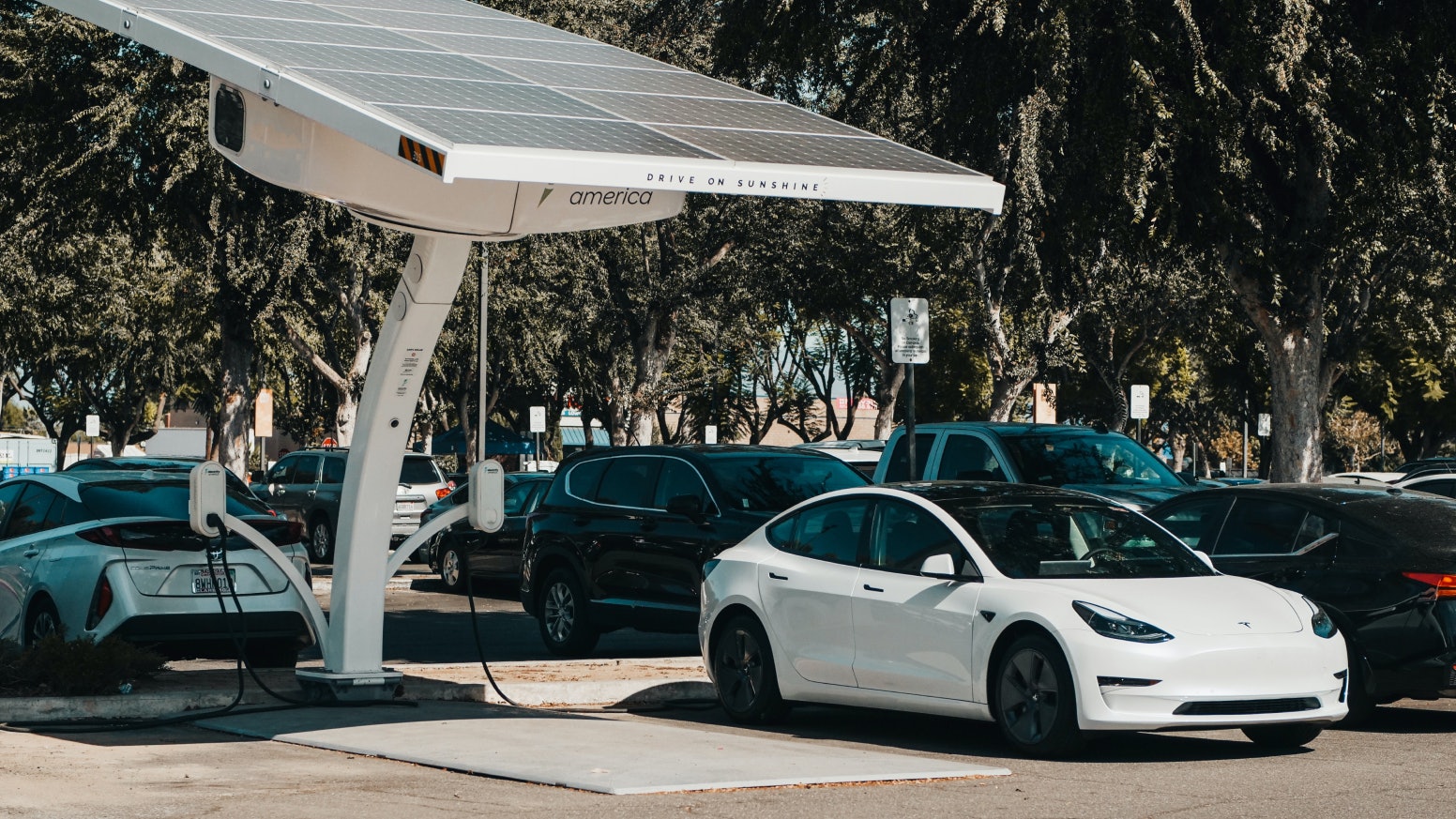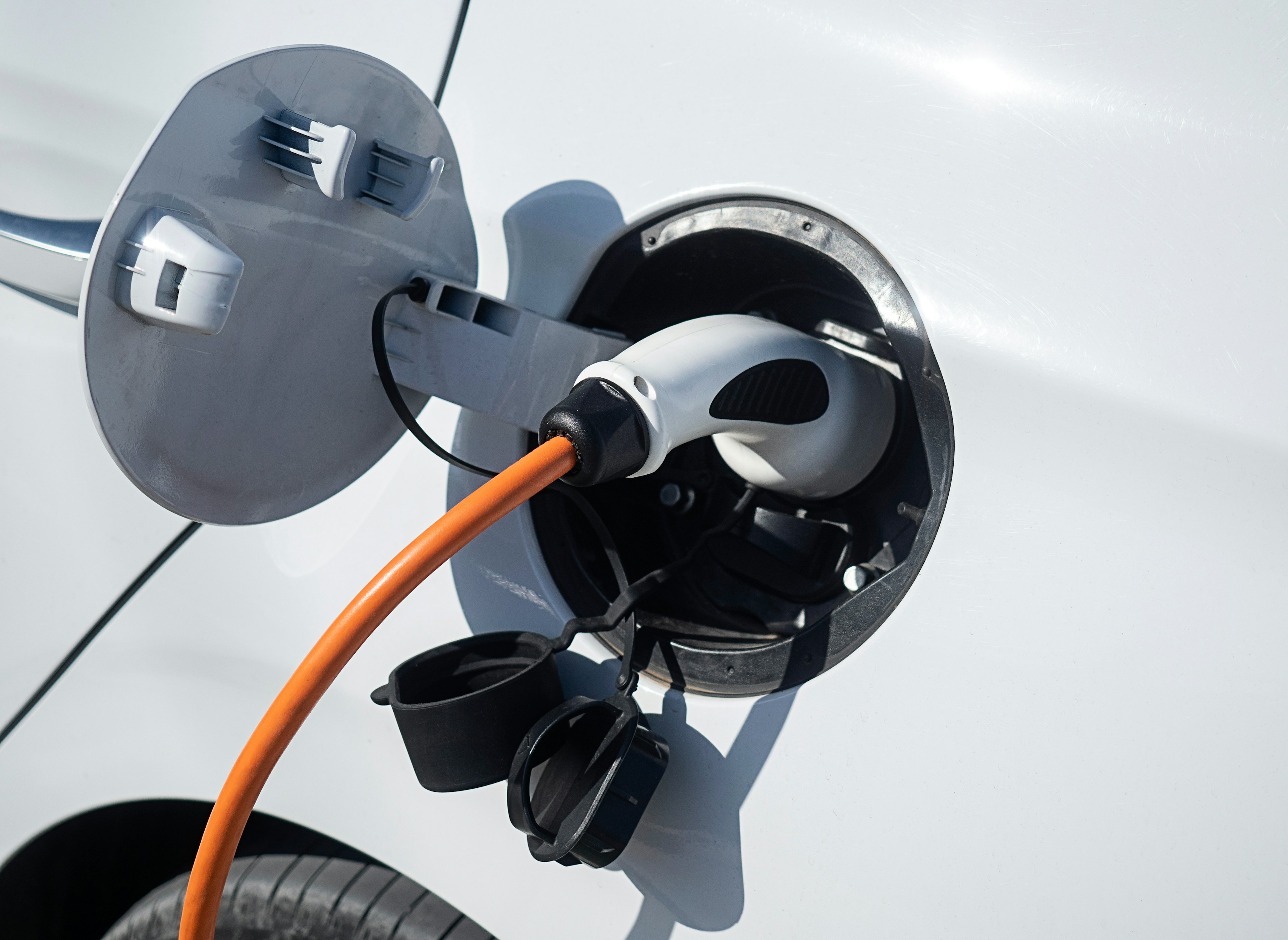Making EV charging customer-centric

This article was originally published digitally to WardsAuto on August 15, 2022.
When it comes to at-home charging, the electric vehicle community needs to think bigger.
Many OEMs and charging companies are developing small-scale efforts to help individual utilities integrate more EVs into their own charging programs. But with more than 70% of EV owners primarily charging at home, these companies are missing out if they don’t create full, end-to-end charging experiences for their customers.
Companies need to shift from a utility-first mindset to thinking about charging in a holistic, customer-centric way. At its core, customer-centric charging focuses on the customer’s economic, environmental and performance objectives. This is different from traditional incentives and programs that focus on grid benefits and greater demand flexibility. While grid benefits certainly are important, they tend to ignore customers and their priorities.
Focus on the customer to supercharge long-term value and opportunity
By accessing their customers’ account-level utility data and accurate utility bills, EV companies can provide greater customer value and own a central part of the EV experience while creating a charging program that benefits EV drivers, automakers and utilities alike. Here’s a roadmap for how to do that:
Drive greater value for customers by helping them optimize their charging
If EV companies can help their drivers understand when charging is cheapest and optimize their charging schedules accordingly, they’ll win customer trust and increase their lifetime value. Currently, home charging costs are obscured as part of a driver’s electricity bill. Drivers can’t see how much it costs to charge, how much they’re saving or how they could optimize their charging to save even more.
EV companies can provide immense value by ensuring drivers are paying the most favorable rates and they charge their vehicles automatically when electricity is the least expensive. In doing so, they can save drivers an average of 78% over gas costs. Our survey data shows most drivers are willing to delay their charging to save money; nearly two in three EV owners deprioritize immediate charging in favor of reducing the associated cost and/or carbon emissions.
(Under this model, automakers would have access to customer data only from customers who have explicitly consented to share their data. No other customer-level data would be available to the automaker.)
Own an integral part of the EV experience
Automakers can center their own brands in the charging experience, thereby offering their customers a true end-to-end EV ownership experience. Recent data from a survey conducted by Morning Consult for Arcadia shows the majority of EV owners expect charging optimization to come from EV companies: 53% expect EV charging companies to offer optimized charging solutions, and 50% expect their EV manufacturer to offer them.
Create a unified experience across the market
One of the biggest challenges in a utility-centric charging system is creating separate programs for every individual utility, of which there are more than 3,000 in the U.S. alone. It’s resource-intensive and leads to a poorer user experience.
With a customer-centric mindset, EV companies can leverage a single solution that integrates with any utility, such as the Arc software and API platform. This will create a unified experience across a company’s entire market and free up developers to focus on building a great customer experience instead of developing integrations on a utility-by-utility basis.
How to build a customer-centric approach to charging
EV companies interested in focusing on customer value should think through a few guiding principles:
Put customer experience first
A customer-centric charging strategy needs to leverage customers’ energy use as well as dynamic models of rates and rate structures. EV companies should apply that information to surface charging costs based on a customer’s specific rates and explain how charge time flexibility can lower costs.
Develop a relationship with utilities as the data source, not the owner of home charging
EV companies and utilities will always need to work together to ensure the grid can handle the increasing number of electric vehicles. But EV companies can and should own the home charging experience and depend on the utility as a source of data.
Monetize, brand and expand the experience to drive customer loyalty
A customer-centric charging strategy potentially flips the relationship between EV companies and the legacy energy industry. Rather than integrating into utilities’ fragmented and nascent charging programs, EV companies can take a more central role in the energy transition and help shape programs that meet the needs of their consumers.
There’s greater long-term value for EV companies under this model, but it will shift how EV companies currently monetize charging (namely, rebates or cash incentives from utilities for enrolling customers in existing programs). EV companies can test pilot programs for monetization, whether through charging extra for charge optimization as a premium service or capturing the value of optimized charging into the upfront price of the vehicle.
Kate Henningsen is co-founder and chief operating officer of Arcadia, which democratizes access to utility data and helps electric vehicle manufacturers optimize one of the biggest and most opaque aspects of EV ownership: the at-home charging experience.

Ready to get to the future faster?
Contact usJoin our newsletter
Stay updated with our latest insights, industry trends, and expert tips delivered straight to your inbox


